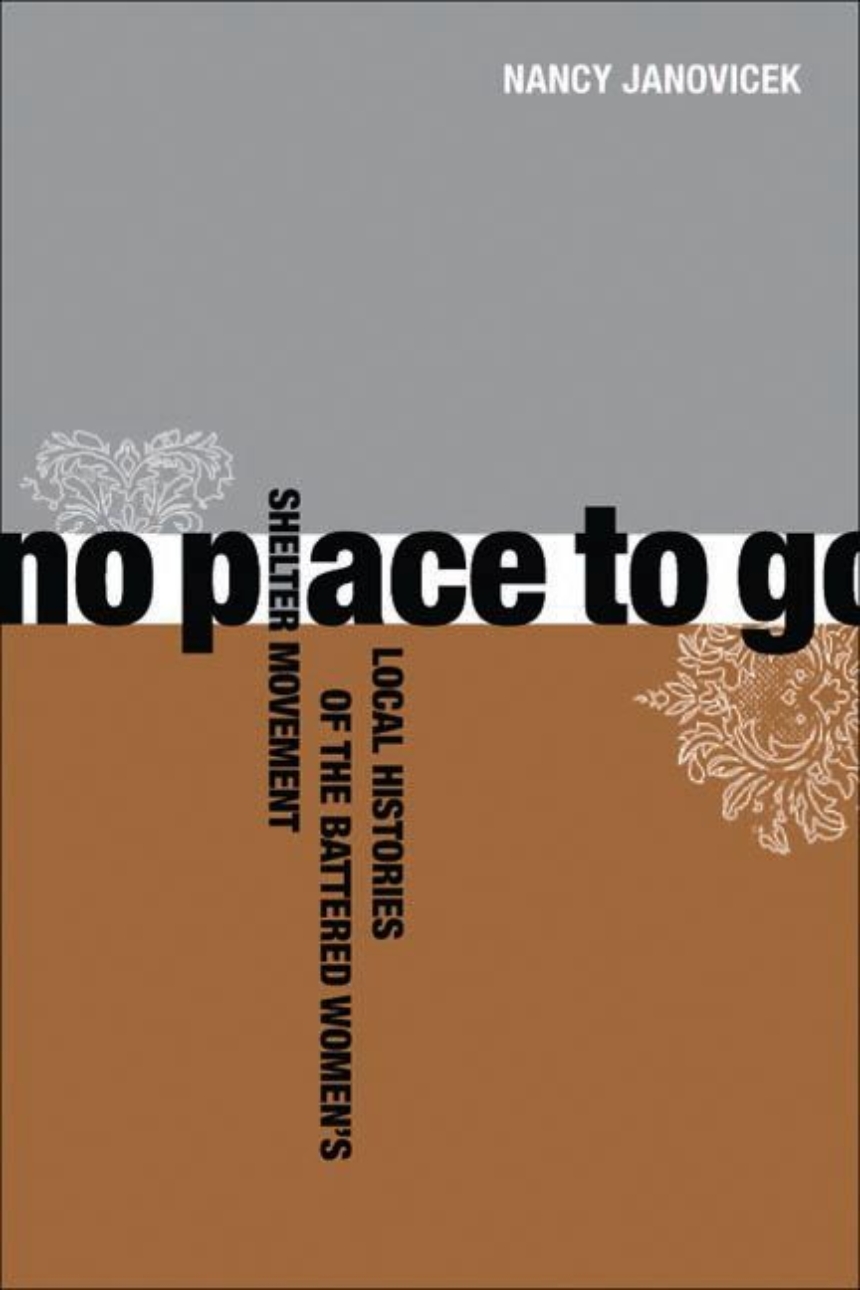University of British Columbia Press
No Place to Go
Local Histories of the Battered Women’s Shelter Movement
9780774814225
9780774814218
Distributed for University of British Columbia Press
No Place to Go
Local Histories of the Battered Women’s Shelter Movement
The first history of the battered women’s shelter movement in Canada, No Place to Go traces the development of transition houses and services for abused women and the campaign that made wife battering a political issue. Nancy Janovicek focuses on women’s groups in small cities and rural communities, examining anti-violence activism in Thunder Bay, Kenora, Nelson, and Moncton. She also pays close attention to Aboriginal women in northwestern Ontario, where the connections between family violence and the devaluation of indigenous culture in Canadian society complicated effots to end domestic violence. This book lays bare the aims and challenges of establishing women’s shelters in non-urban areas. The local histories presented here show how transition houses became hubs in a larger movement to change attitudes about domestic violence and to lobby for legislation to protect women.
Table of Contents
Acknowledgments
Introduction
1 “Assisting Our Own”: Beendigen, 1972-89
2 “Maybe It Wasn’t the Best Way to Do It, but It Got Done”: Faye Peterson House, 1972-85
3 “We’re Here to Help”: Kenora Women’s Crisis Intervention Project, 1975-85
4 “It’s a Band-Aid Service , and It’s a Damn Needed One”: The Nelson Safe Home Program, 1973-89
5 “It Was Never about the Money”: Crossroads for Women/Carrefour pour femmes, 1979-87
Conclusion
Appendix: Interviews
Notes
Bibliography
Index

